Waste Analysis and Characteristic Study "WACS"
Importance of WACS
For the planning of waste treatment facilities such as Waste to Energy (WtE) facility, it is essential to set up the conditions of “Waste characteristics (quality)” of input waste as one of important design factors. In principle, WtE facility shall be designed with stable treatment capability to handle some range of waste quality from less-flammable waste (wet kitchen waste, etc.) to highly-flammable waste (dry wood, plastics, etc.) because it is understood that the Municipal Solid Waste (MSW) is not generally homogeneous.
However, if the waste quality range is not properly evaluated as the design condition, the following issues may arise during the operation of the WtE facility;
- Reduction of waste treatment capacity and power generation amount
- Air pollution caused by the incomplete combustion
- Damage on equipment
- Increased consumption of chemicals, consumables, residuals, etc.
In contrast, if the facility is designed to accommodate a significantly wider range of waste quality, both the construction costs and the operation and maintenance costs of the WtE facility will increase (Overspecification).
Therefore, WACS is conducted for the planning and designing of new waste treatment facilities to ensure that the facility specifications are appropriate. In the countries with many operating waste treatment facilities (WtE, material recovery, composting facilities etc.), periodical waste characteristic surveys are conducted to grasp the waste quality trend in the target area.
What's in the WACS?
- Waste Mass Balance Flow
- Seasonal & Area-weighted Sampling
- Lab analysis
- Heating Value Range (for Waste to Energy project)
- Applicable Waste Solutions (for Feasibility Study)
What kind of data does EJEC analyze?
| Analysis item | Data | To identify |
|---|---|---|
| Bulk Density | Waste Volume per Unit Weight | Volumetric Capacity of Waste pit |
| Physical Composition | Waste amount by Category | Proportion of each Waste Category |
| Proximate Analysis | Moisture, Combustible, Ash | Ash amount, Heating Value via calculation |
| Ultimate Analysis | Chemical composition | Combustion air, Exhaust gas, Pollutants, etc. |
| Heating/Calorific Value | Heat Energy per Unit Weight | Power generation, Furnace size |
Examples of On-site Sampling
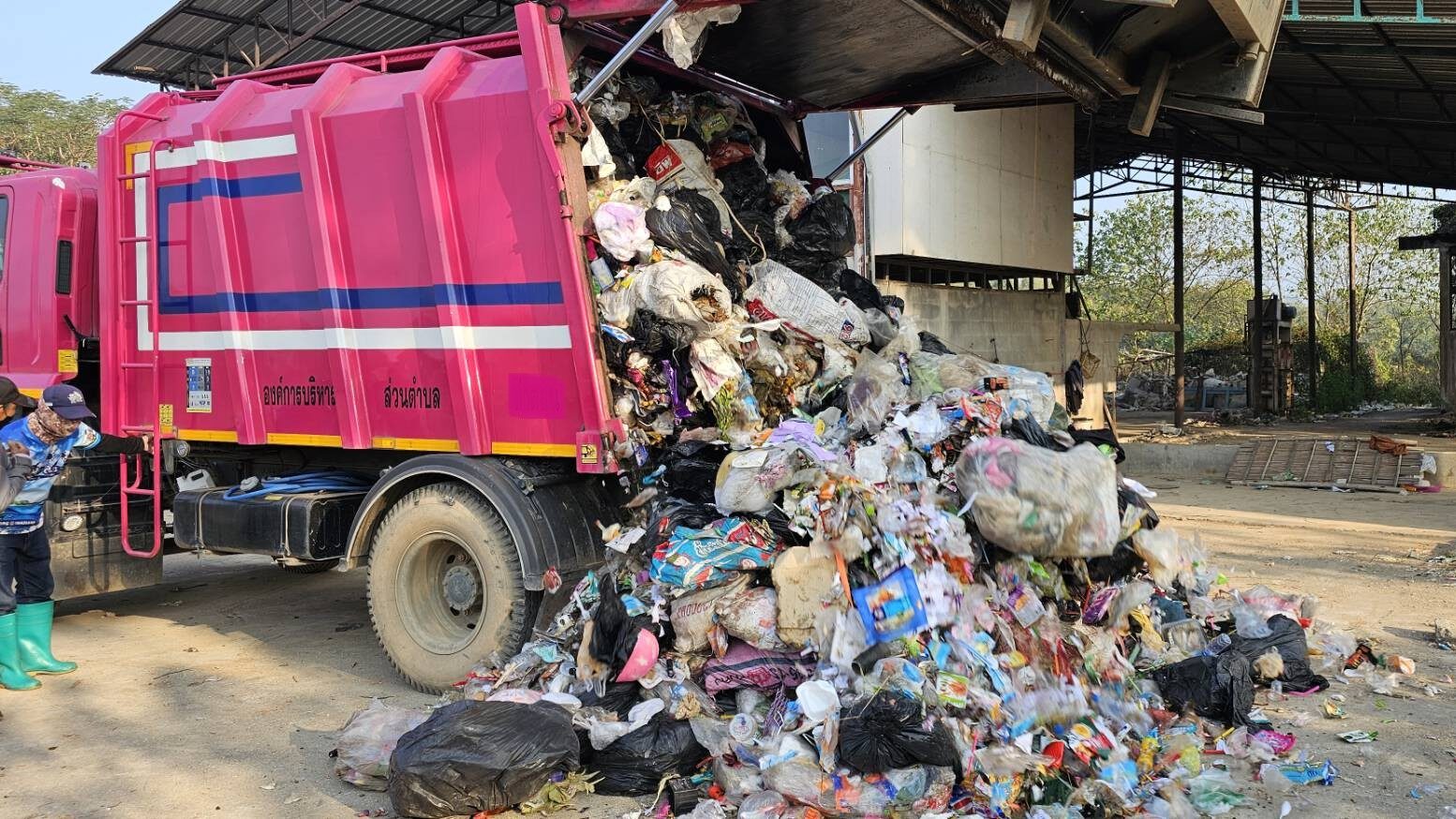
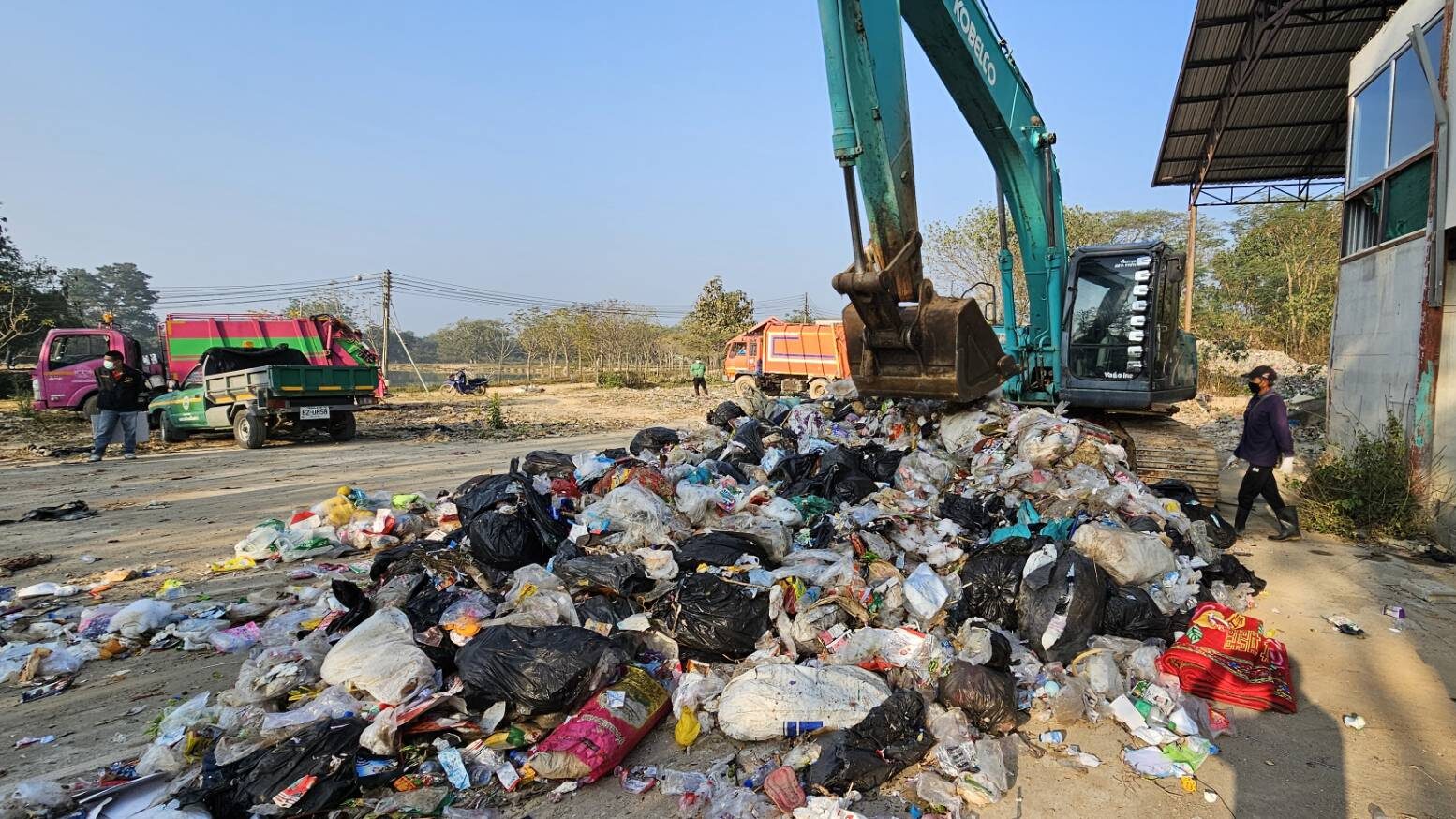
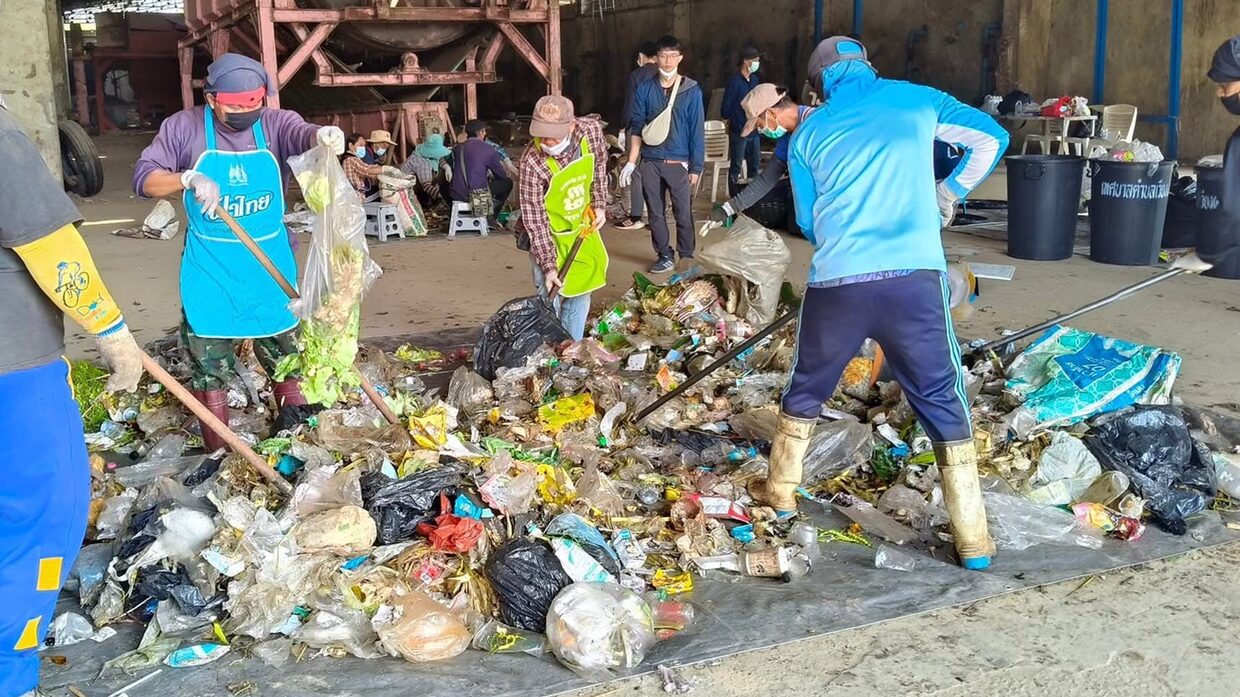
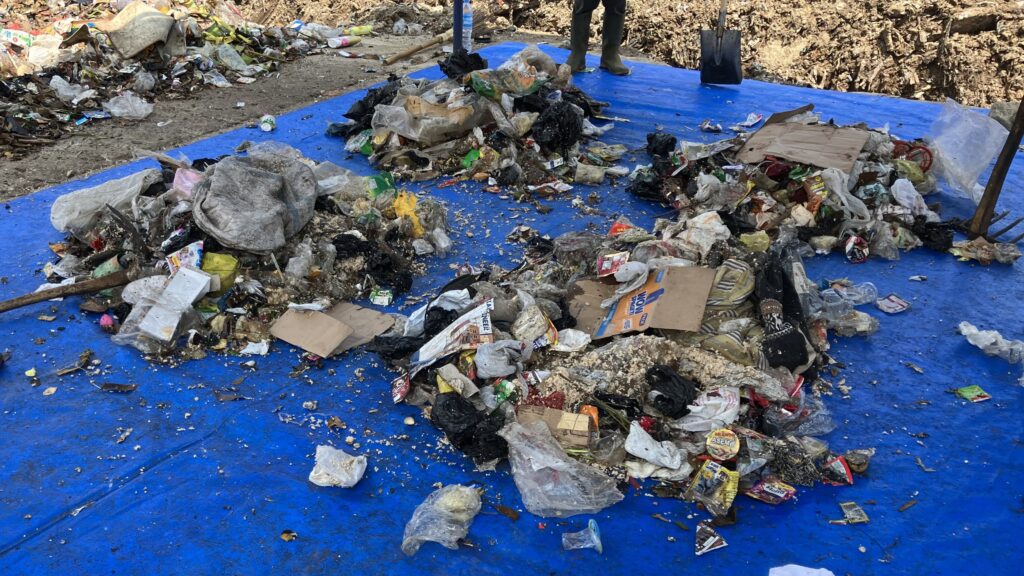
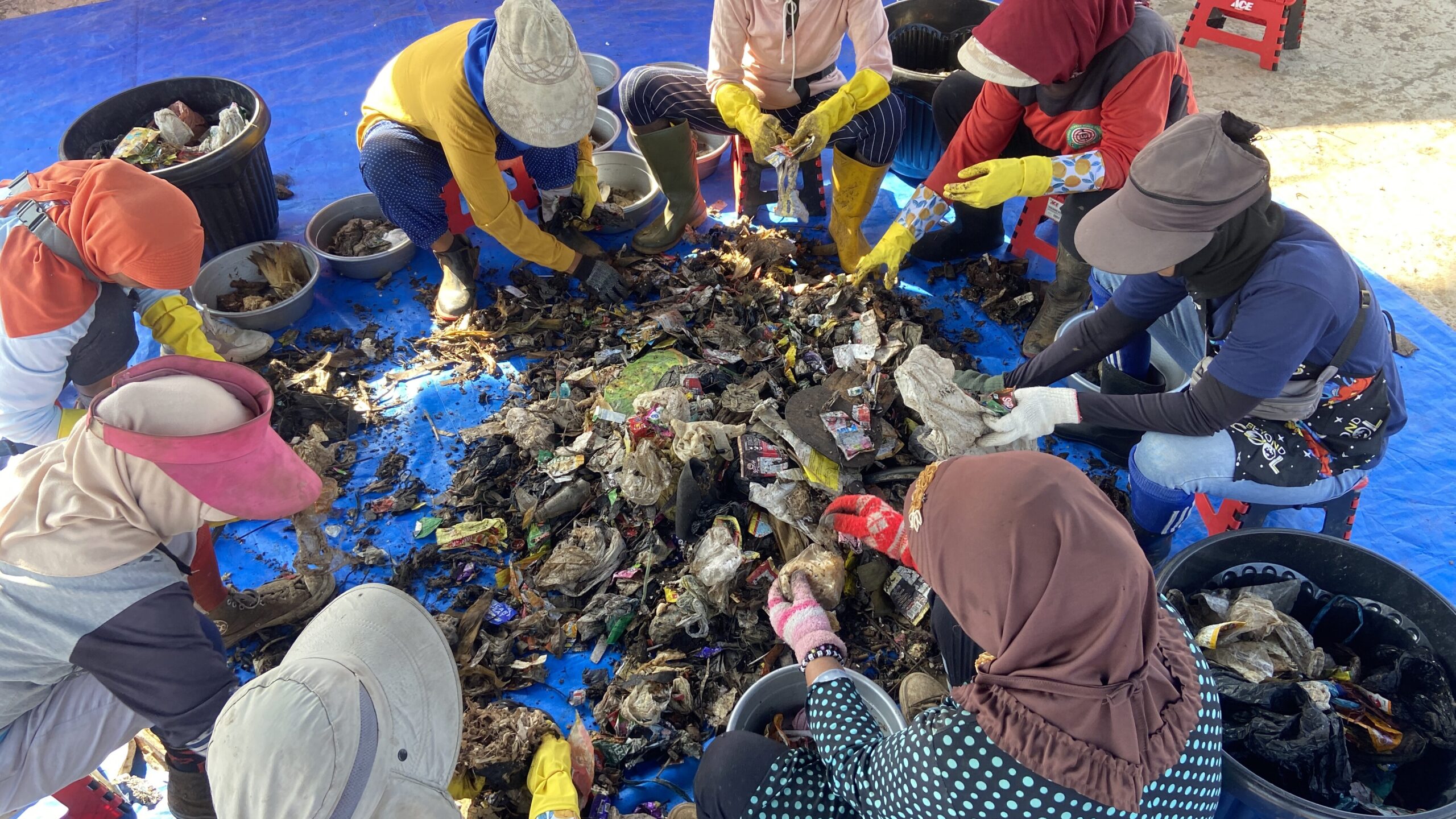
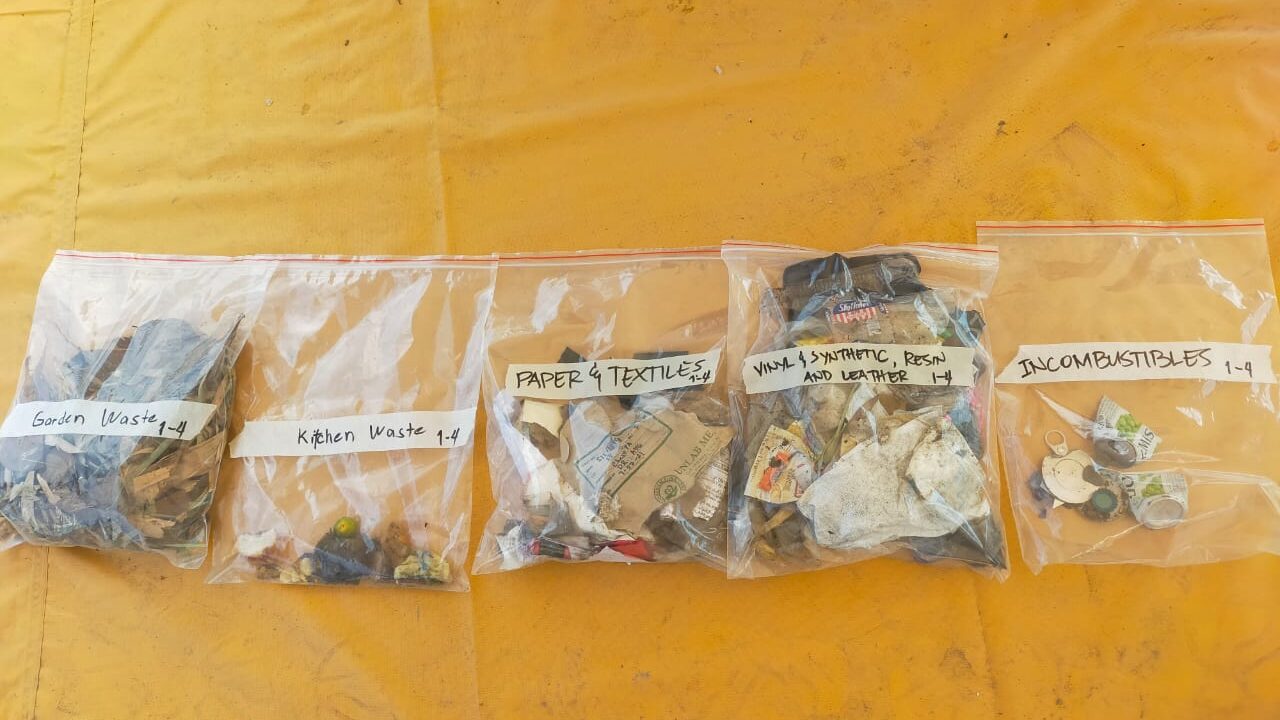
1. Detail study of waste management situation
(1) Collection of existing information (Plan, report, existing data (truck scale) etc.)
(2) Understanding of current waste management situation
1) Questionnaire survey to all local governments in the target area
2) Interview survey to some representative local governments in the province
(3) Site visit to the current landfill or transfer station etc. (4) Summarization of waste management flow
2. Preparation of waste characteristics survey plan
(1) Consideration of sample type & sampling size
(2) Consideration of analysis items
(3) Planning of On-site sampling
3. Waste sampling work
4. Lab analysis
5. Evaluation
Analysis and Consideration of the "Range of designed waste characteristic values
